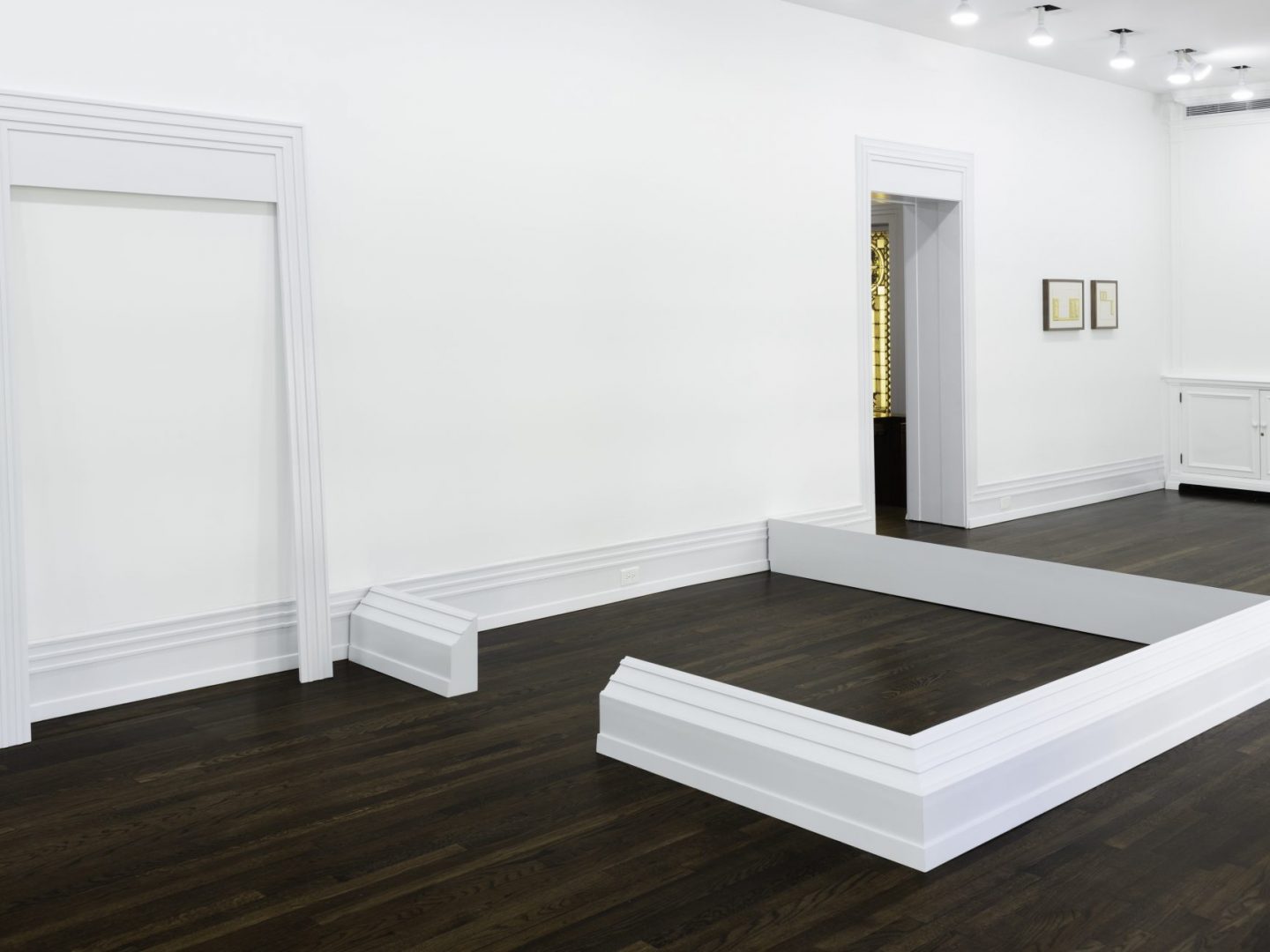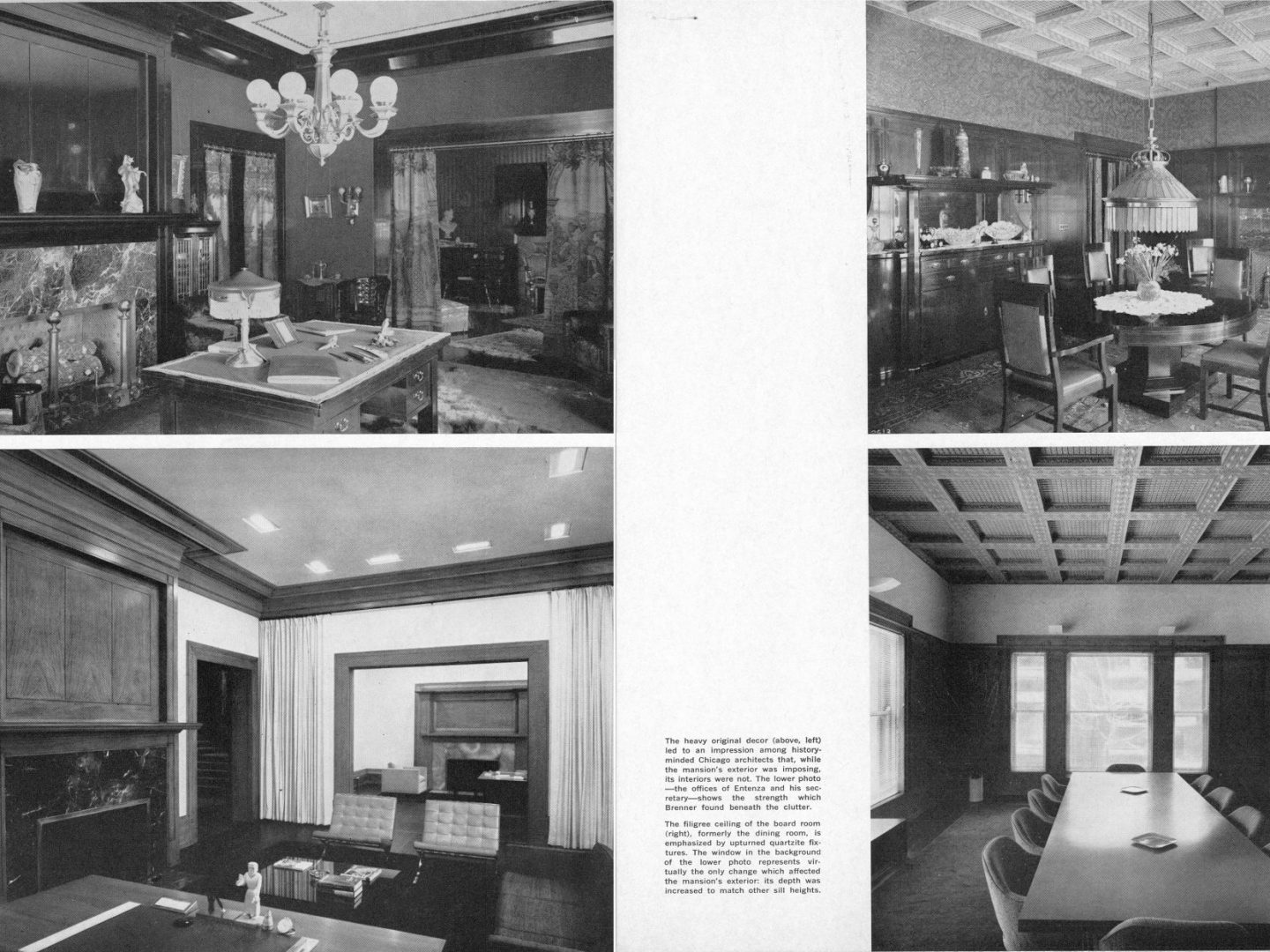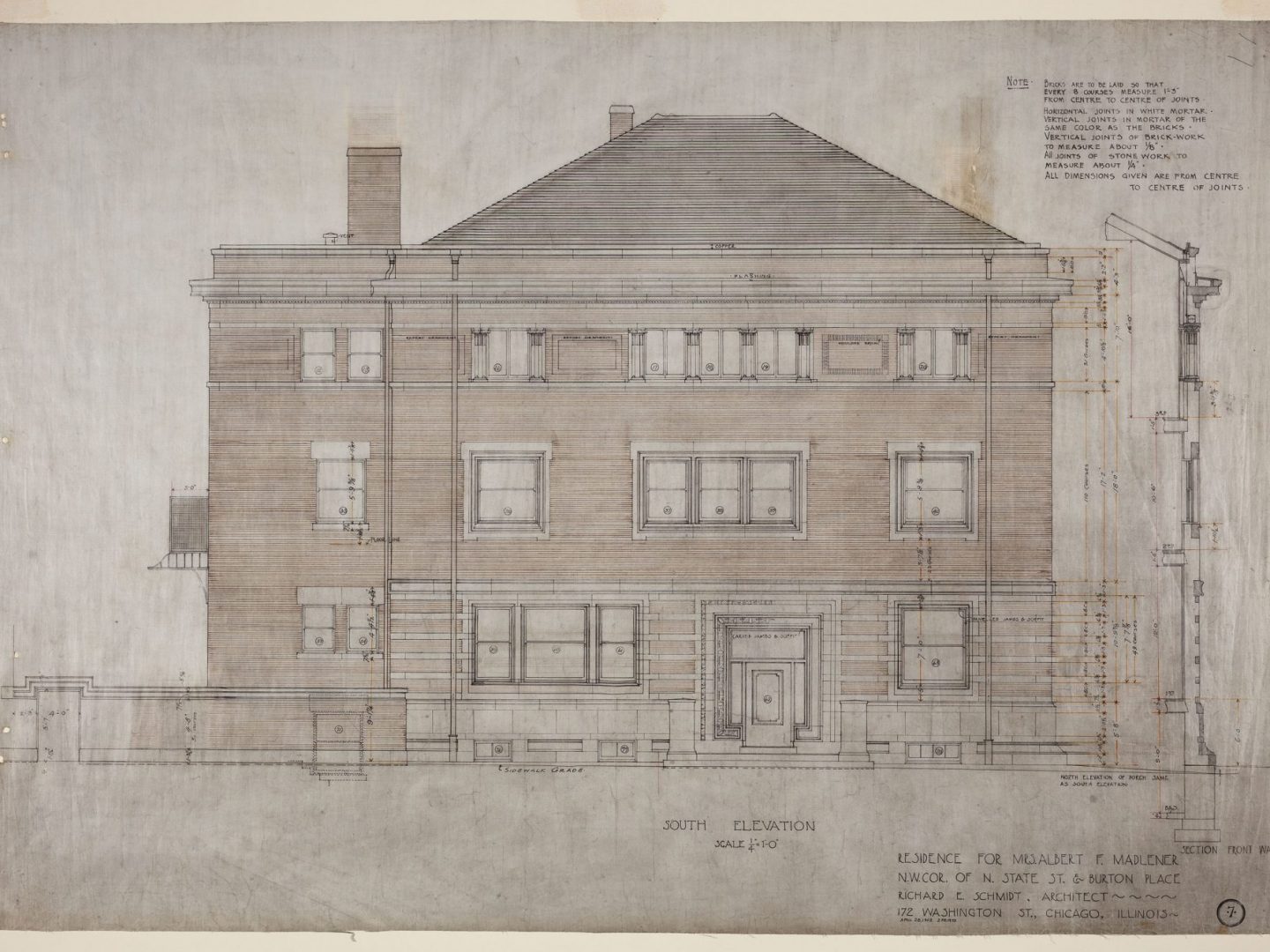

Internationally renowned textile and performance artist Nelly Agassi has long been a friend of Hand & Lock. She received her MFA from Chelsea College and her BFA from Central St. Martins and her work has been shown internationally at institutions and galleries such as The Arts Club of Chicago, Hyde Park Art Center, The Israel Museum, Tate Modern and the Tel Aviv Museum of Art. We first met Agassi in Chicago in 2016 when looking for collaborative and creative opportunities for our 250th Anniversary celebrations. Since then she has become a Prize mentor and someone we always looking forward to seeing on her trips to the UK.
In early 2019 Agassi approached Hand & Lock about a special project she was working on for the Graham Foundation’s Madlener House in Chicago. The wider project involved a large scale textile installation, intricate embroideries, works on paper, sculptures, and a performance with Agassi conjuring historical and imagined narratives from the architectural details of the Madlener House. Built in 1901–02 for Albert F. and Elsa S. Madlener, the house was originally designed by architect Richard E. Schmidt, with designer Hugh M. G. Garden, and then renovated in the 1960s by architect Daniel Brenner to transform it into the Foundation’s headquarters.
The culmination of Agassi’s 2019 Graham Foundation Fellowship, this moving exhibition explores erasure, preservation, identity, and architecture’s capacity to change. Agassi registers both radical and subtle changes to the building. A sculpture traces the outline of Elsa Madlener’s dressing room in what is now the building’s largest gallery, while a delicate embroidery acknowledges the change of colour in the original deep oxblood Mahogany molding that frames the first-floor galleries and was bleached in the renovation.




Agassi worked with both Hand & Lock and The Weaving Mill in Chicago to produce works in the exhibition. The registration of lost and changed details narrates the transformation of the house from a private domestic space conceived at the beginning of the twentieth century to the mid-century modern institutional spaces created for different public uses: galleries, library, lecture hall, and offices. As Agassi recreates erased details of the Madlener House—fireplaces, closets, doorways—she re-frames every extant detail in the house, and alters the viewers perception of the space as a whole. For every lost detail, another still exists.
In Agassi’s other installation and performance work, her body is often confined by or conflated with the architecture of the exhibition space while she performs slow repetitive gestures, such as breathing. In doing so, she creates environments where viewers are invited to slow down, be present with her, and re-calibrate their perception of the space they are in. Here, Agassi uses the architectural details of the house in place of her own body to communicate intimate stories of the building’s origin and use. In much the same way that she has described the body as a place to both process and record experience, here the Madlener House becomes a conduit between the past and the present—a complex platform that intertwines private and public spheres.est.
Titled after the bronze relief by Albert Van Den Berghen installed above the central fireplace in the Madlener House foyer since the house was built, Spirit of the Waves is Agassi’s first major solo exhibition in the United States. The exhibition is the result of her selection as a 2019 Graham Foundation Fellow—a program that provides support for the development and production of original and challenging works and the opportunity to present these projects in an exhibition at the Graham’s Madlener House galleries in Chicago.
Hand & Lock were delighted to have been able to work with Agassi on this project and wish her, Graham Foundation and Madlener House all the best.
